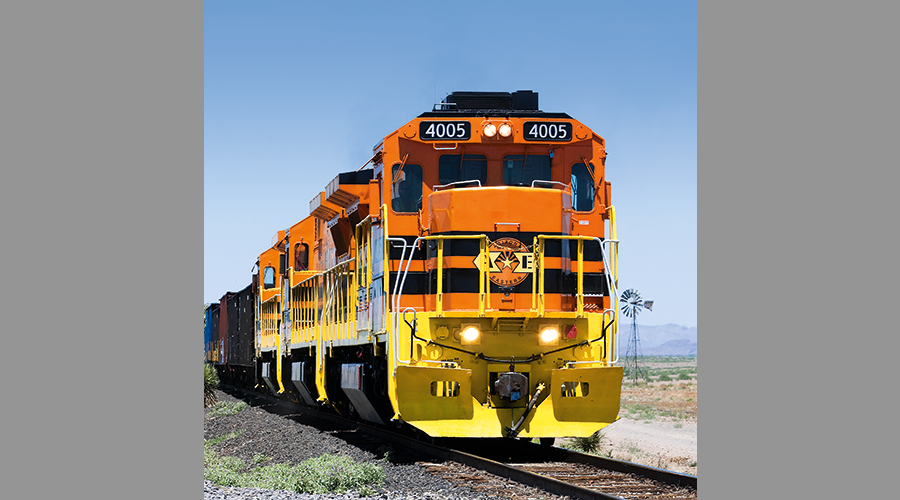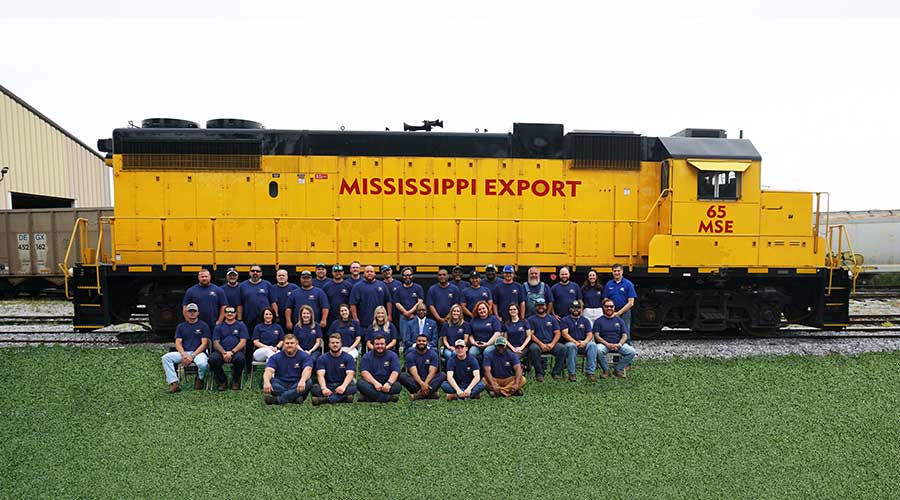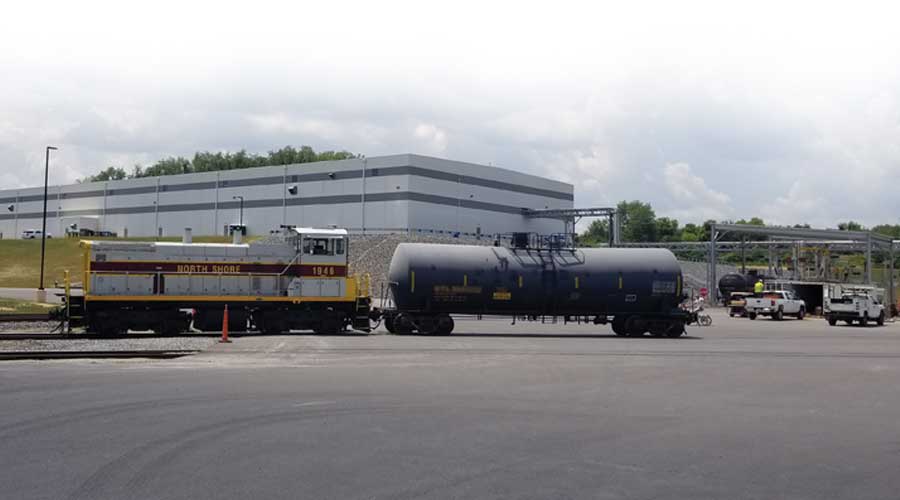Stay updated on news, articles and information for the rail industry
August 2008
Rail News: Short Lines & Regionals
Midwestern short lines take on submerged track
Floods that submerged the nation’s midsection in early June hit BNSF Railway Co. and Union Pacific Railroad hard — especially in the pocketbook (see Class Is' Q2...) — but several regionals and short lines got socked, too.
The Louisville & Indiana Railroad (LIRC) needed nearly a month to reopen its 106-mile mainline between Louisville, Ky., and Indianapolis, including a bridge near Rockford, Ind., that had collapsed. Six portions of the line were washed out by heavy rains.
“We recovered the spans from the water, which made the project go much faster,” said LIRC President John Secor in a prepared statement.
In Wisconsin, the Iowa, Chicago & Eastern Railroad Corp. (IC&E) needed to repair track between Beloit and Janesville, and the Wisconsin & Southern Railroad Co. repaired infrastructure in the Reedburg and Prairie subdivisions.
Inundated in Iowa
However, short lines and regionals operating in Iowa suffered the most extensive damage.
Cedar Rapids & Iowa City Railway had to repair its Iowa City yard, Iowa Interstate Railroad Ltd. repaired track in several areas, and Iowa River Railroad restored a 28-mile line between Gifford and Marshalltown.
Iowa Northern Railway Co.’s line essentially was cut in half after a bridge it leases from Union Pacific Railroad to cross the Cedar River in Waterloo was knocked out, says Director of Administration Joshua Sabin. The 163-mile short line is responsible for half the repair bill and is helping to develop a rebuild plan.
Iowa Northern also encountered other infrastructure damage because of severe storms, including the railroad’s downtown Cedar Rapids headquarters.
“The worst damage was around Waterloo and points north,” says Sabin. “Clarksville was the single most-devastated location with very large washouts.”
Iowa Northern officials estimate flood-related damage will total $6.4 million, including $5 million to replace the Waterloo bridge.
To help the state’s regionals and short lines cover the cost of infrastructure damage, U.S. Reps. Bruce Braley (D-Iowa) and Dave Loebsack (D-Iowa) introduced a bill last month that would enable the railroads to tap low-interest federal loans.
Lending a hand
The Back on Track Act (H.R. 6464) would improve terms of federal loans used to repair track and bridges in the state’s disaster area.
Under proposed amendments to the Railroad Rehabilitation and Improvement (RRIF) Program, the Federal Railroad Administration would offer loans with a lower interest rate (1 percent), extended terms (35 years) and eased collateral requirements.
All railroads, regardless of size, would be eligible to apply for the restructured loans.
“The money needed to rebuild our railroad infrastructure will have to be pieced together from numerous sources, and these changes will allow the RRIF loan program to be an important part of that puzzle,” said Iowa Northern President Daniel Sabin in a prepared statement.
The bill also would help the IC&E complete Turkey River Bridge repairs costing $4 million and Cedar Rapids & Iowa City fix a Cedar Rapids bridge to the tune of $6 million. 
— Jeff Stagl


 LRW Honors Amtrak’s Acheson As Railway Woman Of The Year
LRW Honors Amtrak’s Acheson As Railway Woman Of The Year
 From Editor-In-Chief Foran: Of Gender Equity And Inclusion
From Editor-In-Chief Foran: Of Gender Equity And Inclusion
 Spotlight On Some Of Today’s Rail Safety Products
Spotlight On Some Of Today’s Rail Safety Products
 Women of Influence in Rail eBook
Women of Influence in Rail eBook
 railPrime
railPrime







